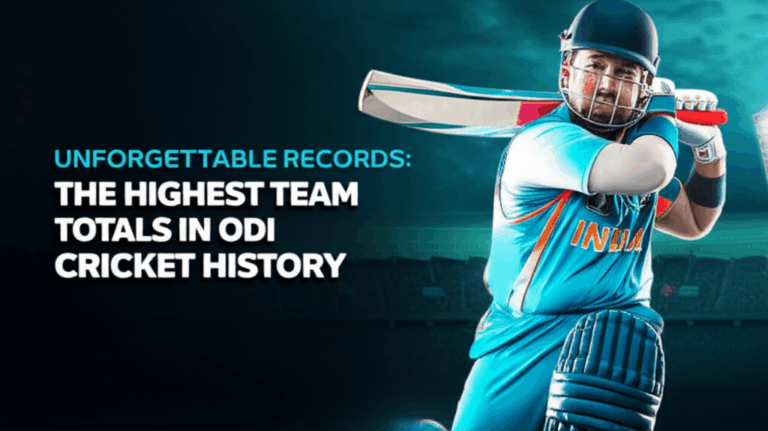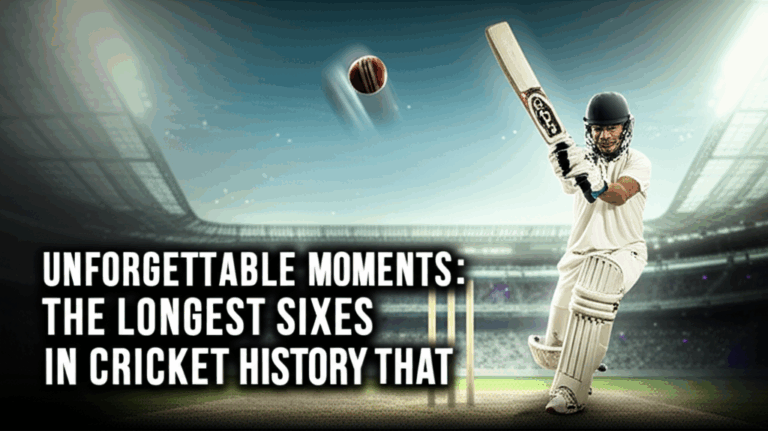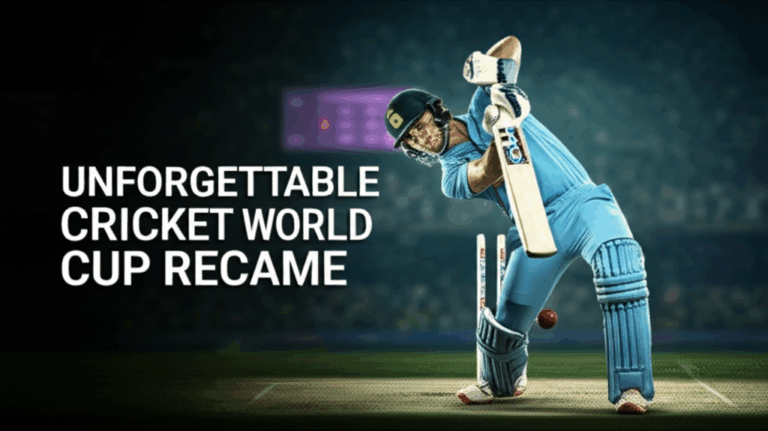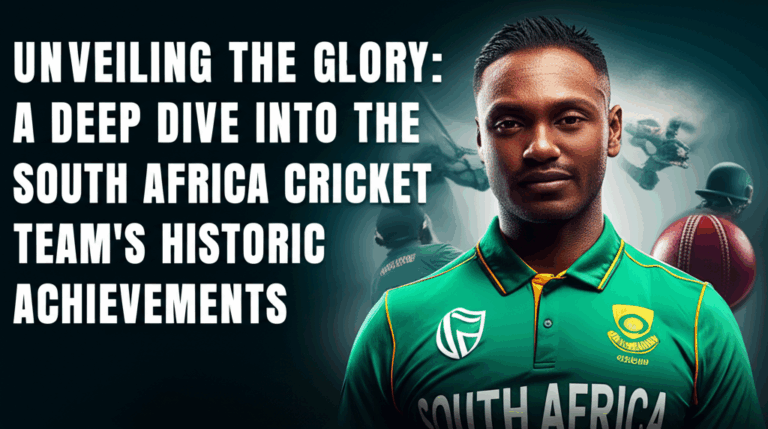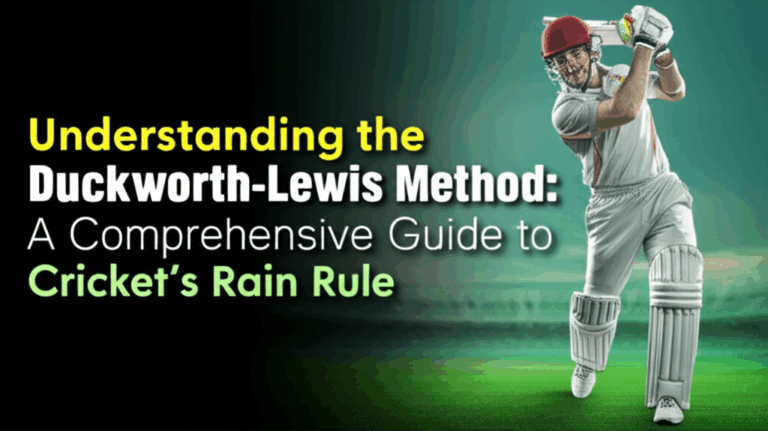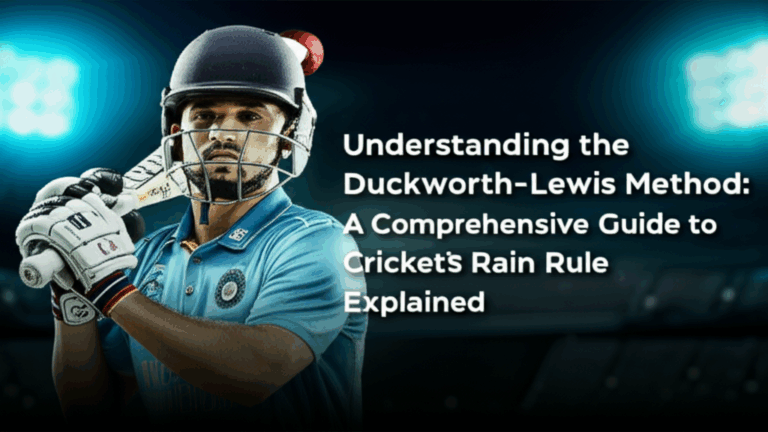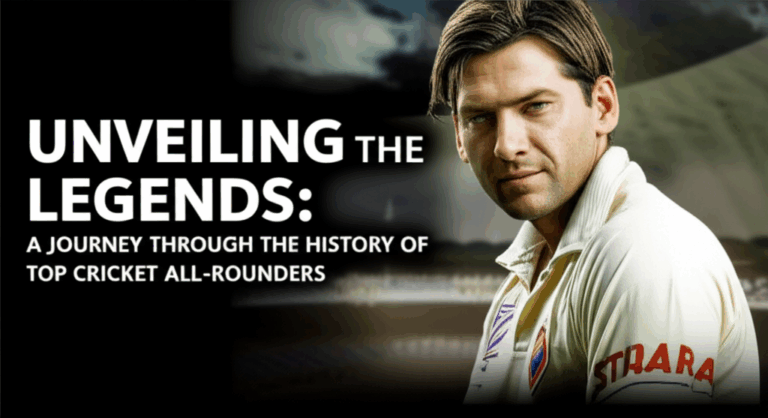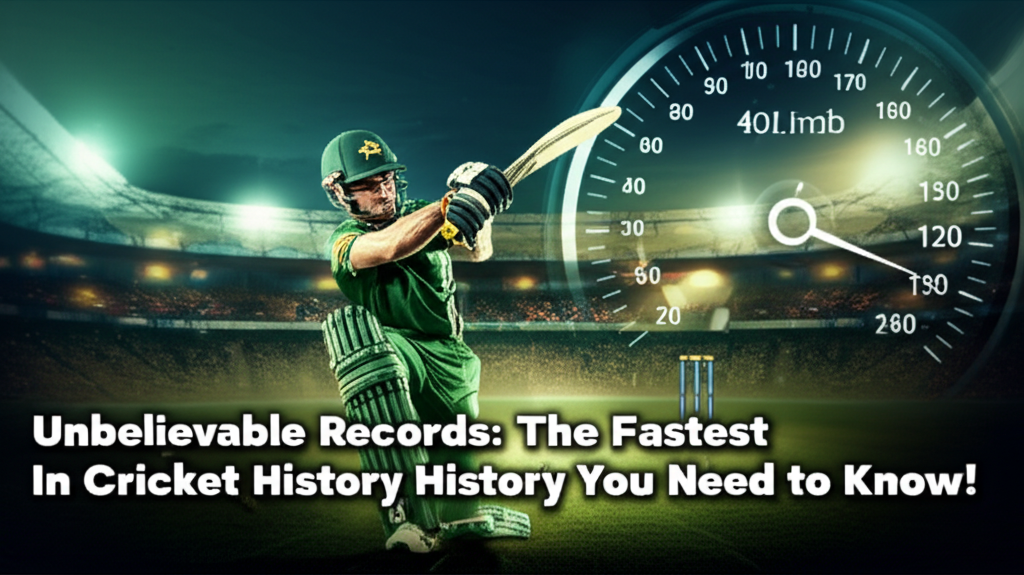
Cricket is a game of skill, strategy, and sometimes, pure magic. Among its many records, few are as thrilling as the fastest centuries. When a batsman reaches a century in record time, they not only leave a mark on the game but also etch their name in the annals of cricketing history. These breathtaking performances can often turn a match around and leave fans in awe. In this article, we’ll explore some of the most unbelievable records of the fastest centuries in cricket history, the players who made them, and the contexts that made these achievements possible.
Whether you’re a seasoned cricket fan or just dipping your toes into the sport, you’ll discover fascinating stories behind these records that reflect the passion and intensity of cricket. You’ll learn about the players who broke barriers, the matches that became legendary, and the techniques that led to these explosive innings. By the end of this article, you’ll not only appreciate the talent involved but also gain insights into the mentality required to perform at such a high level.
So, grab your cricket gear, settle in, and let’s dive into the remarkable world of the fastest centuries in cricket history!
Understanding Fastest Centuries in Cricket
The term “fastest century” in cricket refers to the achievement of scoring 100 runs in the least number of balls faced. This record holds significant value, as it showcases a batsman’s ability to score quickly while maintaining a strong focus on performance under pressure. The excitement of a fast century can electrify crowds and often shifts the momentum of a match dramatically.
Traditionally, cricket matches are categorized into different formats: Test, One Day Internationals (ODIs), and T20s. Each format has its unique challenges and strategies, but the fastest centuries are predominantly noted in the shorter formats, particularly ODIs and T20s. These formats encourage aggressive batting and quick scoring, making the race to a century even more thrilling.
Key Components of Fastest Centuries
1. Aggressive Batting Style
To achieve a fast century, a batsman must adopt an aggressive batting style. This involves taking calculated risks, targeting boundary balls, and minimizing dot balls. Players often use power hitting techniques and innovative shots to keep the scoreboard ticking.
2. Pitch Conditions
The condition of the pitch plays a crucial role in how quickly runs can be scored. A flat pitch with good bounce can favor aggressive batting, while a bowler-friendly pitch may require more caution. Players must read these conditions effectively to maximize their scoring potential.
3. Opposition Strength
The quality of the bowling attack can significantly impact a batsman’s ability to score quickly. Facing weaker bowling or inexperienced bowlers can allow a batsman to capitalize and score runs rapidly. However, a strong bowling unit can make scoring a challenge, even for the best players.
4. Match Situation
The context of the match also influences scoring rates. If a team is behind in the chase or needs a quick score to set a target, the urgency to score quickly increases. Batsmen may take more risks in such scenarios, leading to explosive innings.
Highlighting the Fastest Centuries in Cricket History
Now that we understand the components contributing to fast centuries, let’s take a look at some record-breaking performances that have left cricket fans spellbound.
1. AB de Villiers – 31 Balls
On January 18, 2015, South African cricketer AB de Villiers achieved the fastest ODI century in just 31 balls against the West Indies in Johannesburg. His breathtaking innings included 16 sixes and 9 fours. De Villiers’ innings demonstrated incredible power and skill, as he took the West Indian bowlers to task, scoring at an astonishing strike rate of 322.58. This record stands as a testament to his unique ability to dominate bowlers and change the game in a matter of moments.
2. Chris Gayle – 50 Balls
The “Universe Boss,” Chris Gayle, made history on February 24, 2010, by scoring a century in just 50 balls against England in a T20 international in the T20 World Cup. His innings featured 7 fours and 8 sixes and showcased his ability to clear the boundary with ease. Gayle’s explosive batting style and fearless approach make him one of the most memorable players in T20 cricket history.
3. Mark Waugh – 52 Balls
Australian cricketer Mark Waugh scored a sensational century off 52 balls against New Zealand in 1997. During this innings, Waugh displayed a mix of classic strokes and aggressive shots, finishing with 12 fours and 4 sixes. His record stood for many years, highlighting the blend of elegance and aggression that defines great batting.
4. Shahid Afridi – 53 Balls
Known for his aggressive batting, Pakistan’s Shahid Afridi scored a century in just 53 balls against England in 2014. Afridi’s innings included 10 fours and 6 sixes, and his ability to shift gears quickly made him one of the most dangerous players in limited-overs cricket. His record is a perfect example of how explosive batting can change the course of a match.
5. Virat Kohli – 54 Balls
Indian batting maestro Virat Kohli claimed the fastest century in ODIs against South Africa in 2018, reaching the milestone in just 54 balls. Kohli’s innings was packed with precision and aggression, featuring 16 boundaries. His remarkable ability to pace his innings while maintaining a rapid scoring rate is what sets him apart as one of the modern greats.
Benefits and Importance of Fast Centuries
Fast centuries in cricket are not merely records; they serve multiple purposes in the game. Here are some key benefits and reasons why they hold importance:
- Changing Match Dynamics: A fast century can shift the momentum of a match, providing a significant advantage to the batting side. It often puts pressure on the fielding side and can lead to mistakes.
- Entertainment Value: Fans adore high-scoring matches where batsmen score quickly. Fast centuries keep spectators on the edge of their seats and enhance the overall viewing experience.
- Inspiring Future Generations: Record-breaking performances inspire young cricketers to adopt aggressive styles of play, pushing them to develop their skills further. Such records create role models for aspiring athletes.
- Team Morale: A fast century can boost a team’s confidence. When a player performs exceptionally well, it often uplifts the entire squad, fostering a positive environment.
- Strategic Edge: Teams that have players capable of scoring quick centuries often have a strategic advantage in limited-overs formats. This capability allows them to chase down targets or set formidable ones.
Practical Applications
Understanding the significance of fast centuries can help players, coaches, and fans alike. Here are ways to apply these insights practically:
For Players:
- Focus on Power Hitting: Incorporate power-hitting drills into your practice sessions to enhance your ability to score quickly.
- Study Successful Players: Analyze the techniques of record-holders like AB de Villiers and Chris Gayle to understand their mindset and strategies.
- Adapt to Conditions: Learn to read pitch conditions and adjust your batting style accordingly to maximize scoring potential.
For Coaches:
- Encourage Aggression: Teach players to adopt an aggressive mindset during limited-overs games without compromising technique.
- Game Situation Simulations: Create match scenarios in practice where players must chase down targets quickly, fostering a sense of urgency.
- Build Confidence: Encourage players to take calculated risks and support them in developing the skills to back up their decisions.
For Fans:
- Stay Informed: Follow current players and their performances to appreciate the talent in the modern game.
- Attend Matches: Experience the thrill of high-scoring games in person to fully appreciate the excitement of fast centuries.
- Engage with Community: Join discussions with fellow fans to analyze and debate the greatest innings in cricket history.
Frequently Asked Questions
What is the fastest century in ODI cricket?
The fastest century in ODI cricket is held by AB de Villiers, who scored 100 runs in just 31 balls against the West Indies on January 18, 2015. This record exemplifies the explosive capability of modern-day batsmen and remains one of the most iconic moments in cricket history.
How do pitch conditions affect scoring rates?
Pitch conditions play a vital role in determining scoring rates. A flat pitch with good bounce allows batsmen to play aggressive shots, resulting in higher scores. Conversely, a bowler-friendly pitch may favor bowlers, making it more challenging for batsmen to score quickly. Players must adapt their strategies based on these conditions to maximize their scoring potential.
What mindset is essential for scoring fast centuries?
A successful mindset for scoring fast centuries involves confidence and aggression. Batsmen must be willing to take risks, assess the match situation, and capitalize on loose deliveries. Additionally, having a positive outlook and the ability to remain focused under pressure are key psychological traits for achieving this feat.
Can fast centuries be achieved in Test matches?
While fast centuries are more common in limited-overs formats, they can also occur in Test matches. However, the nature of Test cricket requires a different approach, with batsmen often focusing on building innings over sheer aggression. Records for fast centuries in Test matches typically involve scores in the 50-60 ball range, which are rare but achievable.
What are some strategies for aspiring cricketers to score quickly?
Aspiring cricketers can adopt several strategies to improve their ability to score quickly. These include focusing on power-hitting techniques, practicing against various bowling styles, enhancing footwork for better placement, and learning to read the game situation effectively to know when to accelerate their scoring.
Who are some other players known for their fast centuries?
Besides AB de Villiers and Chris Gayle, other notable players known for their fast centuries include Shahid Afridi, Mark Waugh, and Virat Kohli. Each of these players has showcased their unique styles of aggressive batting, contributing to their stature as some of the most exciting players in cricket history.
Conclusion
Fast centuries in cricket represent the pinnacle of aggressive batting, showcasing the talent, skill, and mental fortitude of the greatest players in the game. From AB de Villiers’ record-breaking 31-ball century to the explosive innings of Chris Gayle, these remarkable performances have captivated fans and inspired countless aspiring cricketers worldwide.
As we’ve seen, the ability to score quickly is influenced by various factors, including batting style, pitch conditions, and match context. Understanding these elements can help players enhance their skills and contribute to their teams in impactful ways. Remember, whether you’re a player or a fan, the thrill of witnessing a fast century is unparalleled—each one tells a story of determination, skill, and the love for the game.
So the next time you watch a cricket match, keep an eye on the batsmen. Who knows? You may just witness the birth of a new record that will be talked about for generations to come!
